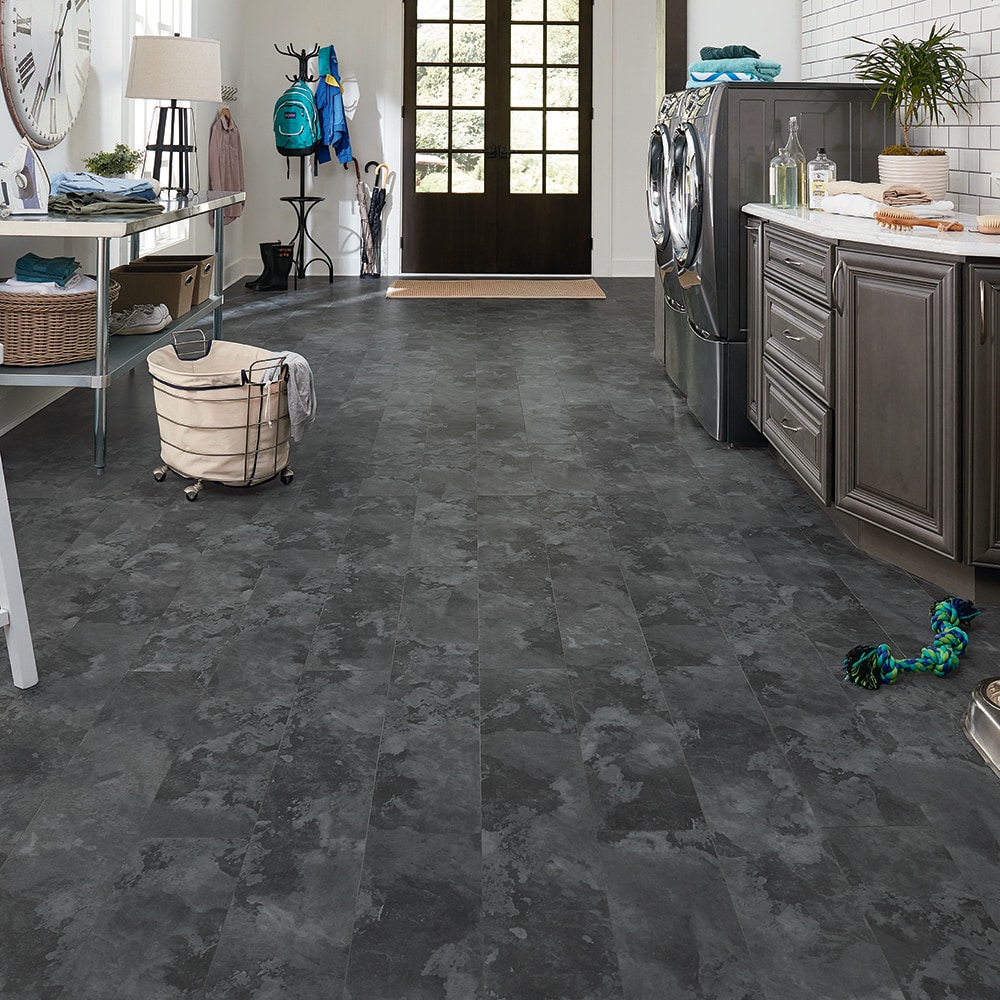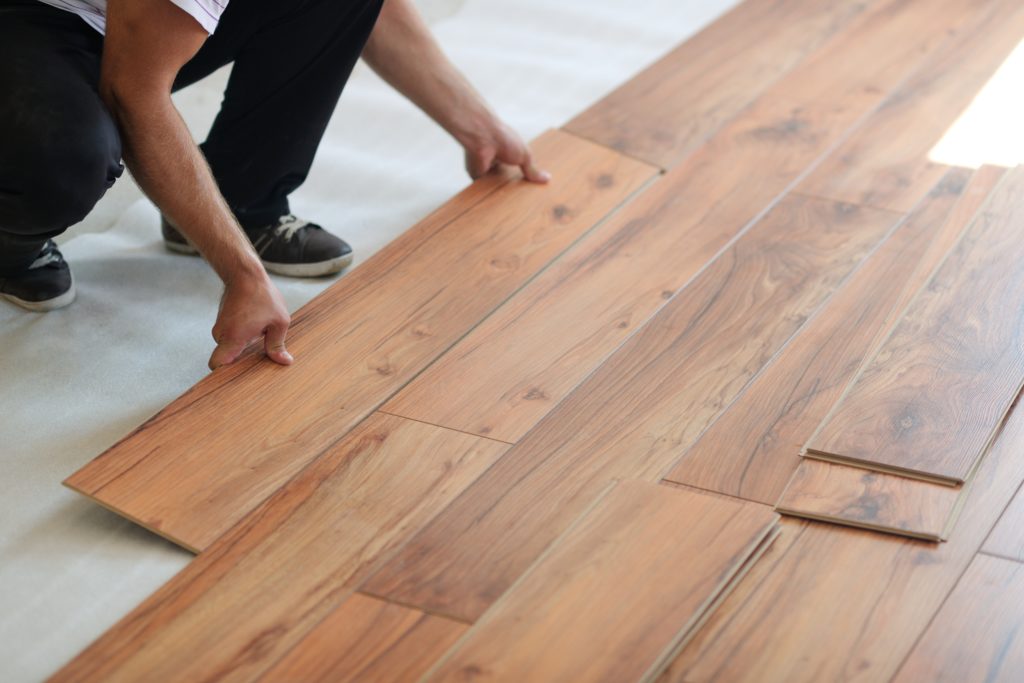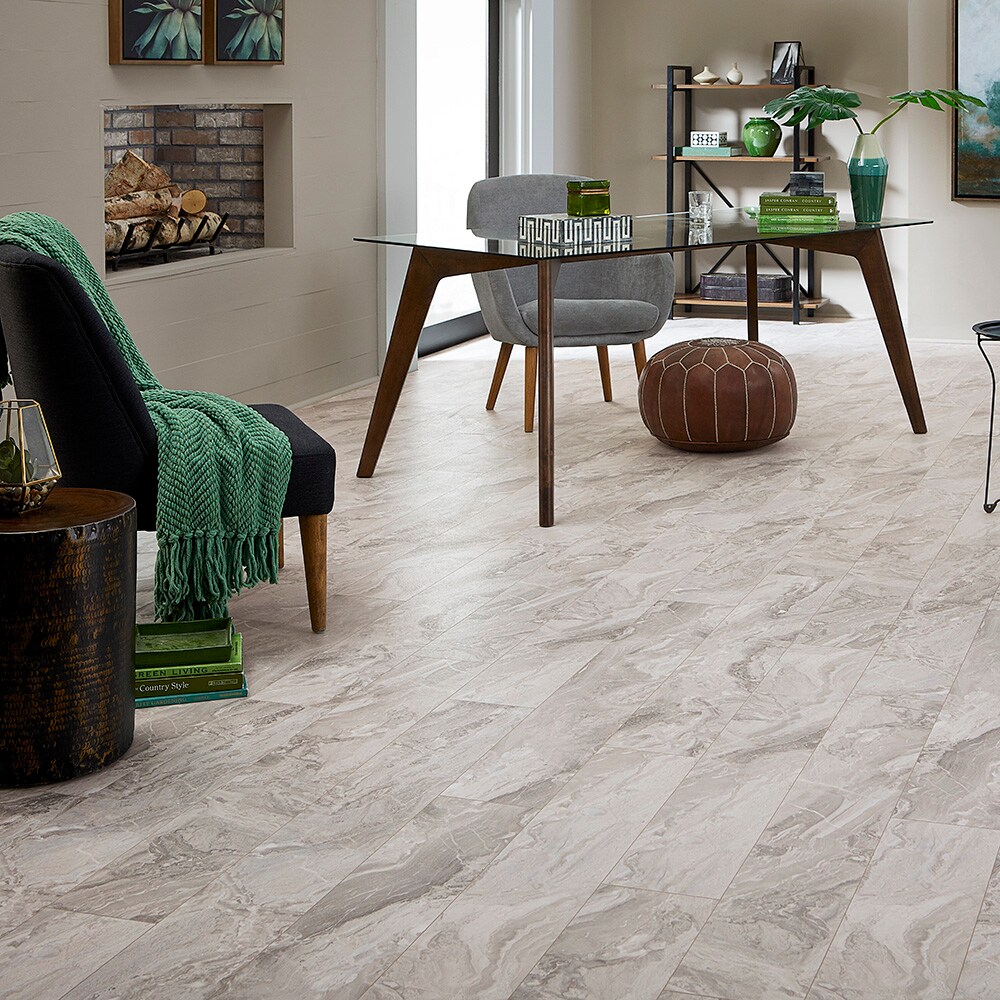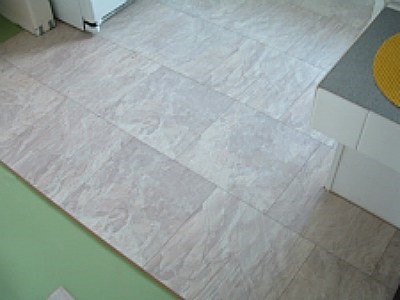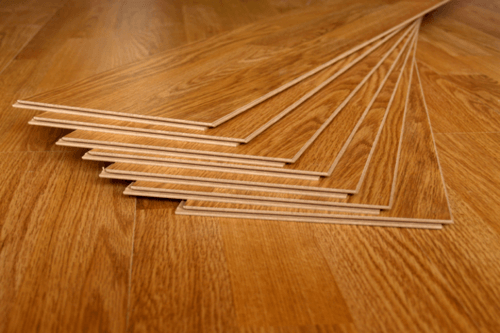Benefits of Laminate Flooring on Tiles
Laminate flooring offers several advantages when installed over existing tiles. This section will explore the benefits of choosing laminate flooring for your home, including cost-effectiveness, durability, and ease of installation.
- Cost-effectiveness: One of the main advantages of laminate flooring on tiles is its cost-effectiveness. Installing laminate flooring over existing tiles can be a more affordable option compared to other flooring materials. Instead of removing the tiles, which can be a costly and time-consuming process, laminate flooring can be installed directly on top, saving you money on labor and material expenses.
- Durability: Laminate flooring is known for its durability, making it a suitable choice for areas with high foot traffic. When installed over tiles, laminate flooring provides an additional layer of protection to the existing floor. Laminate is resistant to scratches, stains, and fading, ensuring that your floor maintains its appearance for years to come. This durability makes laminate flooring a great investment, as it requires minimal maintenance and is less prone to damage compared to other flooring options.
- Ease of installation: Another benefit of laminate flooring on tiles is the ease of installation. Unlike other flooring materials that require extensive preparation and professional installation, laminate flooring can often be installed as a DIY project. Many laminate flooring options come with a click-and-lock system, allowing for straightforward installation without the need for glues or adhesives. Additionally, laminate flooring is available in various sizes and can be easily cut to fit the dimensions of your space, making the installation process even more convenient.
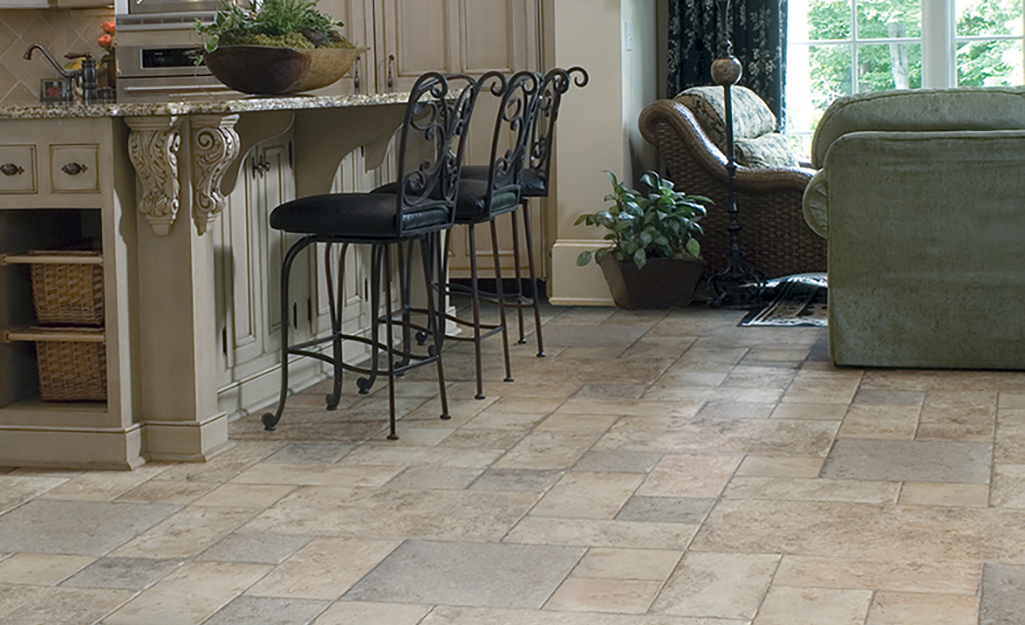
Step-by-Step Guide to Installing Laminate Flooring on Tiles
Installing laminate flooring on top of tiles can be a great way to update the look of your space without the hassle of removing the existing tiles. However, it is important to follow the necessary steps and techniques to ensure a successful installation. In this guide, we will walk you through the process of installing laminate flooring on tiles, from preparation to laying the laminate planks.
- Preparation: Before you start installing laminate flooring on tiles, it is crucial to properly prepare the surface. First, remove any existing baseboards or moldings that may interfere with the installation process. Next, thoroughly clean the tiles to ensure they are free of any dirt, debris, or adhesive residue. If there are any loose or damaged tiles, replace them before proceeding.
- Underlayment: The next step is to install an underlayment over the tiles. The underlayment serves as a moisture barrier and helps to reduce noise. It is important to choose an underlayment that is suitable for laminate flooring and follow the manufacturer’s instructions for installation. Roll out the underlayment, making sure to overlap the seams and secure it in place using the recommended adhesive or tape.
- Layout: Before laying the laminate planks, plan the layout of your flooring. Start by measuring the dimensions of the room and determining the direction in which you want the planks to run. It is generally recommended to install the planks parallel to the longest wall for a visually appealing result. Use a chalk line or straight edge to mark a reference line on the floor.
- Installation: Begin the installation process by laying the first row of laminate planks along the reference line. Use spacers to maintain a consistent gap between the planks and the walls, allowing for expansion. Connect the planks by inserting the tongue of one plank into the groove of the previous plank, using a tapping block and hammer to ensure a tight fit. Continue installing the planks row by row, staggering the end joints for a more natural look.
- Finishing touches: Once all the laminate planks are installed, trim them to fit along the walls using a saw. Replace the baseboards or moldings that were removed earlier to cover the expansion gap. Finally, thoroughly clean the laminate flooring to remove any dust or debris.
Tips for Choosing the Right Laminate Flooring for Tiles
When it comes to selecting the right laminate flooring for tiles, there are several key factors that you should consider. These factors include color, texture, thickness, and resistance to moisture and scratches. By carefully evaluating these aspects, you can ensure that you choose the best laminate flooring option for your tiles.
Color is an important factor to consider when selecting laminate flooring for tiles. You should choose a color that complements the overall aesthetic of your space. Whether you prefer a light, neutral shade to create a sense of openness or a darker hue to add warmth and richness, the color of the laminate flooring can greatly impact the overall look and feel of the room.
Texture is another important consideration. Different laminate flooring options have varying textures, ranging from smooth to textured or embossed. The texture can affect the appearance and feel of the flooring, as well as its ability to hide imperfections or dirt. Consider the level of texture that suits your preferences and the level of maintenance you are willing to undertake.
Thickness is a crucial factor for laminate flooring as it determines the durability and stability of the flooring. Thicker laminate flooring tends to be more durable and can withstand heavy foot traffic and potential impacts better than thinner options. Additionally, thicker laminate flooring can provide better sound insulation and a more solid feel underfoot.
Moisture and scratch resistance are essential features to consider, especially if you are installing laminate flooring in areas prone to moisture or high foot traffic. Look for laminate flooring that has a moisture-resistant core and a protective top layer that is scratch-resistant. This will ensure that your flooring can withstand spills, moisture, and everyday wear and tear without losing its quality and appearance.
Maintenance and Care for Laminate Flooring on Tiles
Proper maintenance and care are essential to ensure the longevity and beauty of laminate flooring on tiles. By following a few key steps, you can keep your flooring looking its best for years to come. This section provides valuable information on cleaning methods, preventative measures, and dealing with potential issues.
Cleaning Methods:
Regular cleaning is crucial to maintain the appearance of your laminate flooring on tiles. Start by sweeping or vacuuming the floor to remove loose dirt and debris. Use a soft-bristle broom or a vacuum cleaner with a brush attachment to avoid scratching the surface. For a deeper clean, damp mop the floor using a mild laminate floor cleaner mixed with water. Avoid using excessive water as it can seep into the seams and cause damage. Additionally, steer clear of abrasive cleaners, wax-based products, and steam mops, as they can harm the laminate surface.
Preventative Measures:
To protect your laminate flooring on tiles from scratches and other damage, it is important to take preventative measures. Place doormats at all entryways to trap dirt and moisture. Felt pads should be attached to the legs of furniture to prevent scratching when moving or rearranging items. Avoid walking on the floor with high heels or shoes that may have sharp objects stuck to them. Additionally, use caution when moving heavy objects across the floor by using furniture sliders or lifting them instead of dragging them.
Dealing with Potential Issues:
Although laminate flooring on tiles is durable, it can still face certain issues that need to be addressed promptly. If you notice any spills or stains, clean them up immediately to prevent them from seeping into the seams or causing discoloration. For stubborn stains, you can use a manufacturer-approved stain remover and a soft cloth. In case of minor scratches, you can use a laminate repair kit to fill in the damaged area and blend it with the surrounding floor. However, for more significant damage, such as deep scratches or water damage, it may be necessary to replace the affected planks or seek professional assistance.
The kitchen floor looks like slate but its really a Pergo textured
Pergo Portfolio + WetProtect Marengo Stone 10-mm Thick Waterproof
Installing Laminate Tile Over Ceramic Tile « DIY laminate floors
Livelynine 32-Pack Vintage Bathroom Floor Tiles Peel and Stick Vinyl Flooring Waterproof Flooring for Kitchen Basement Bathroom Floor Tiles Retro
flooring – Install tiles on top of laminate floor in kitchen
Installing Laminate Tile Over Ceramic Tile Laying laminate
Laminate vs Tile Flooring – Pros, Cons, Comparisons and Costs
Related Posts:
- White Laminate Flooring In Living Room
- Grey Vintage Oak Laminate Flooring
- Dark Laminate Flooring Living Room
- Cheap Walnut Laminate Flooring
- Designer Choice Laminate Flooring
- Laminate Flooring Around Stairs
- Laminate Flooring Brick Pattern
- Black Gray Laminate Flooring
- Satin Walnut Laminate Flooring
- Laminate Floor Leveling
